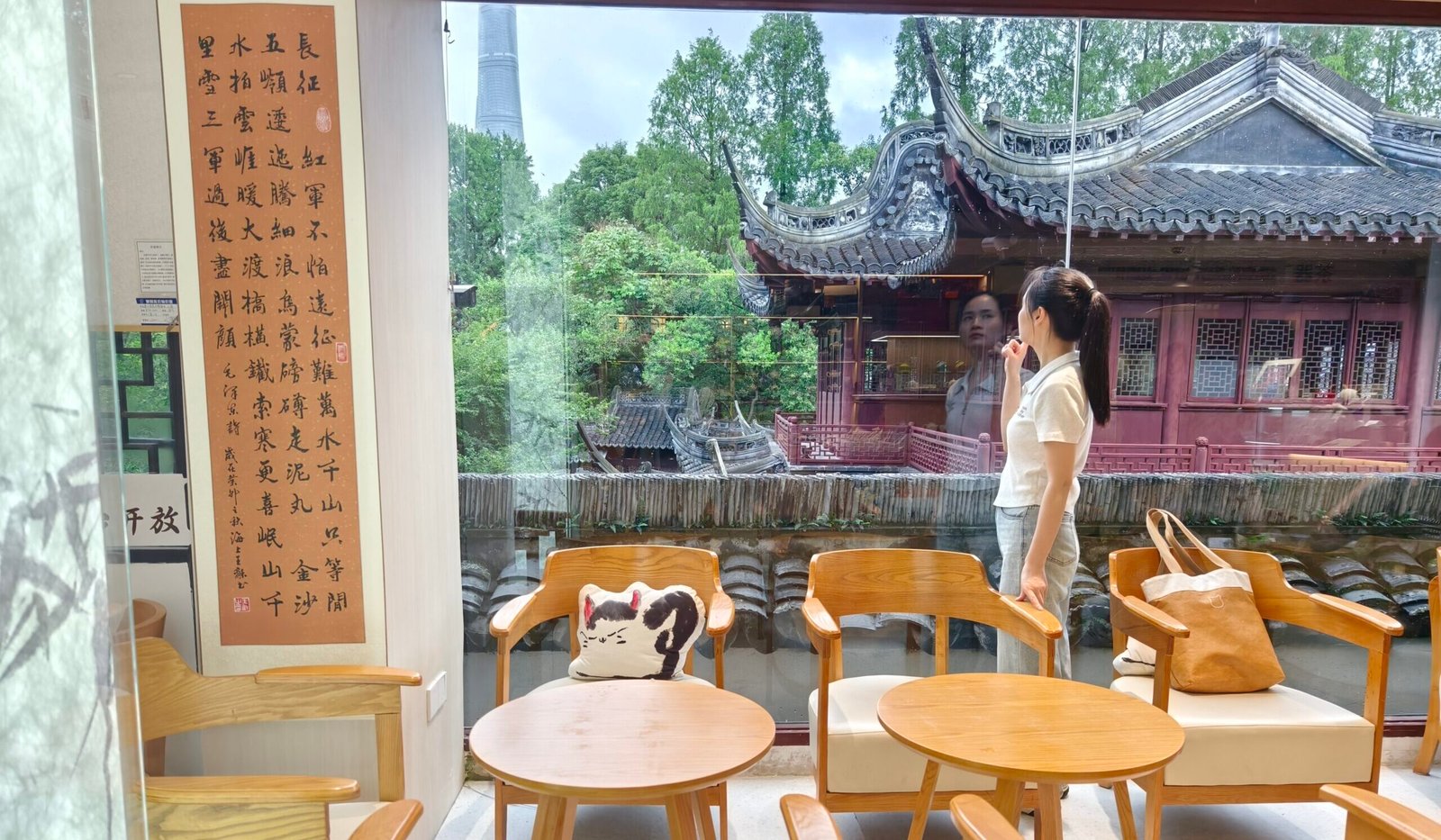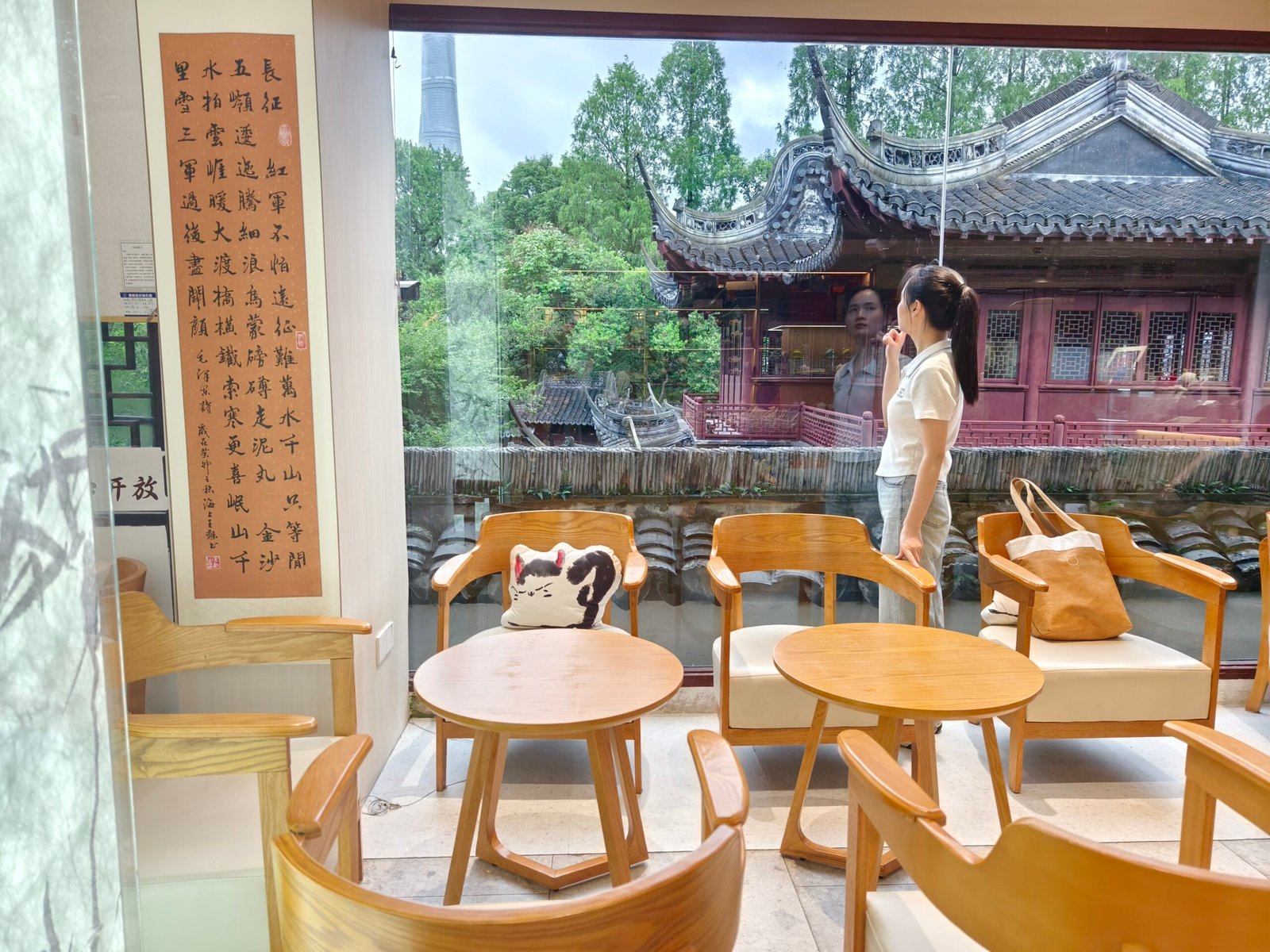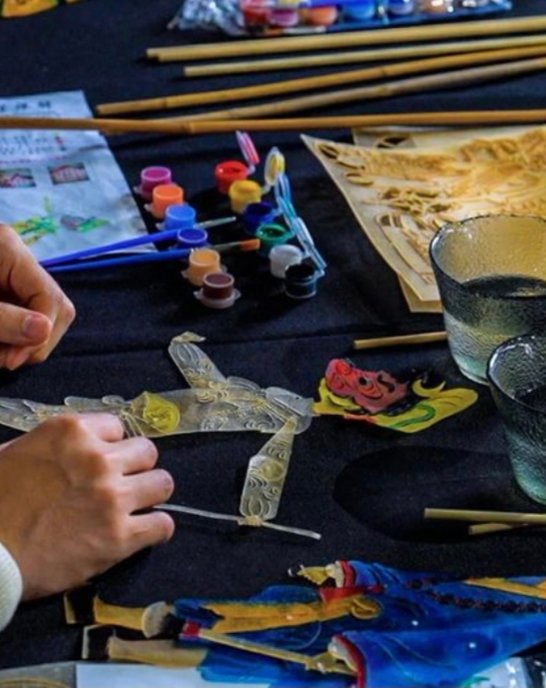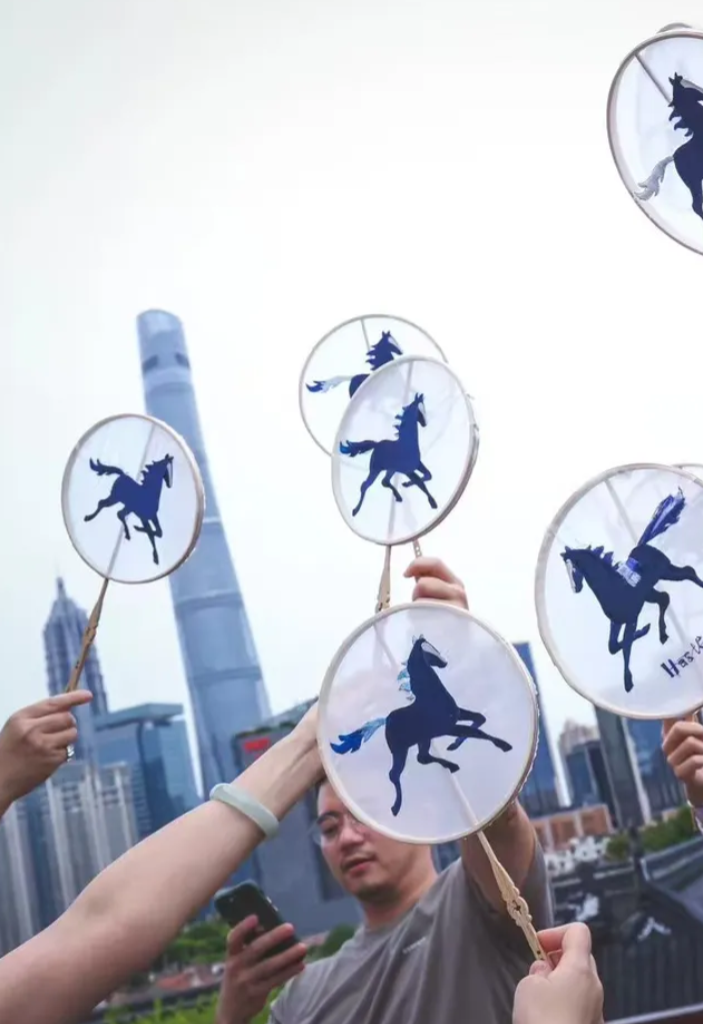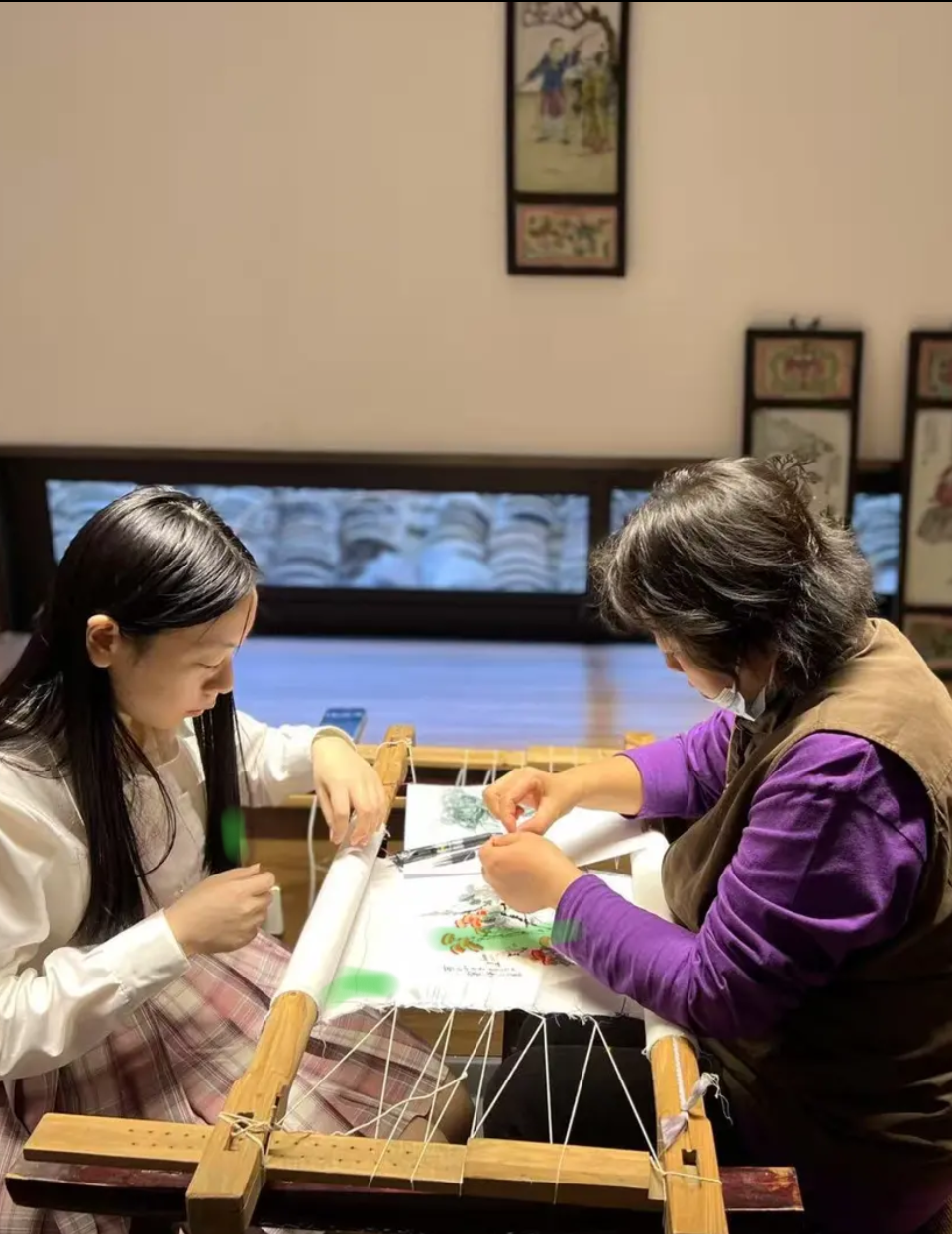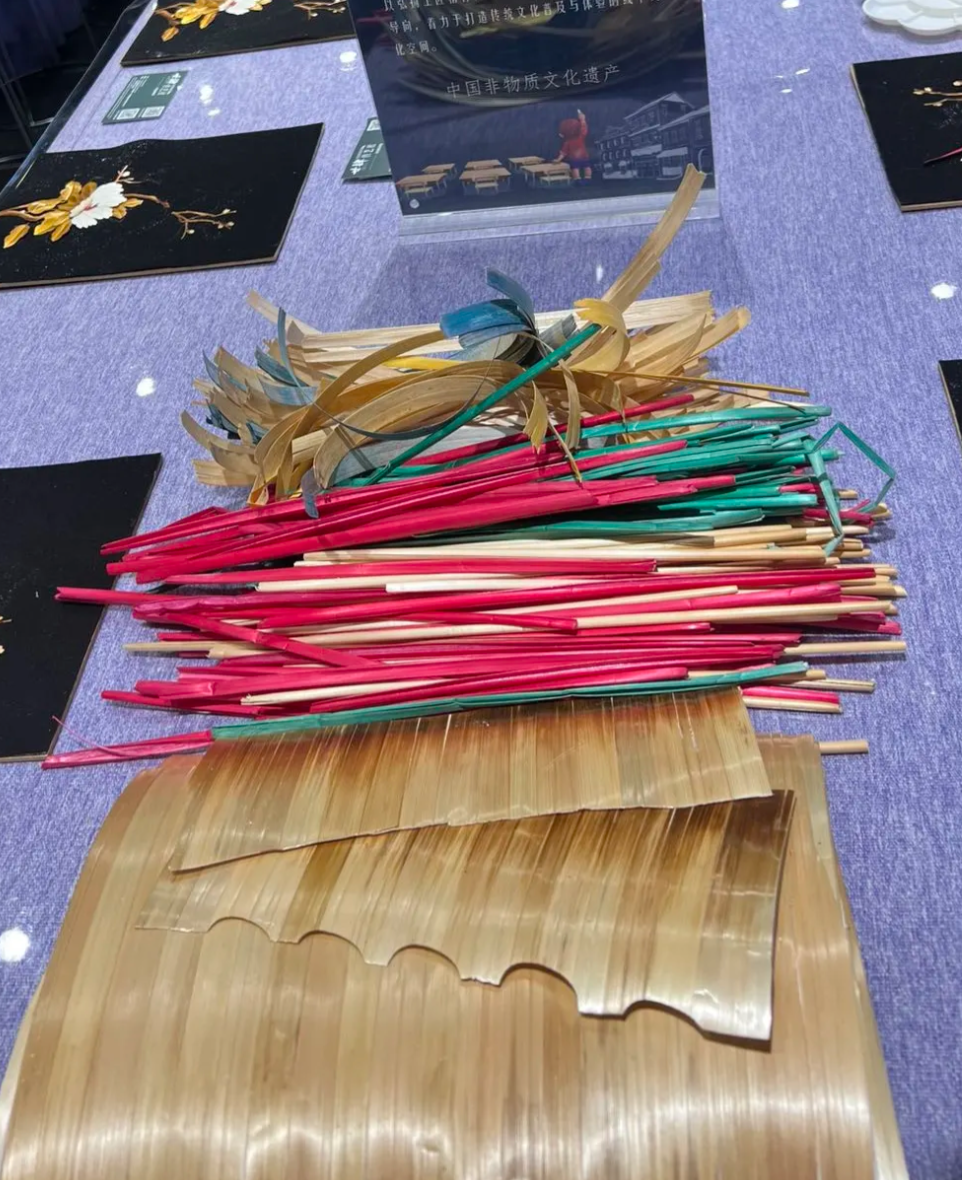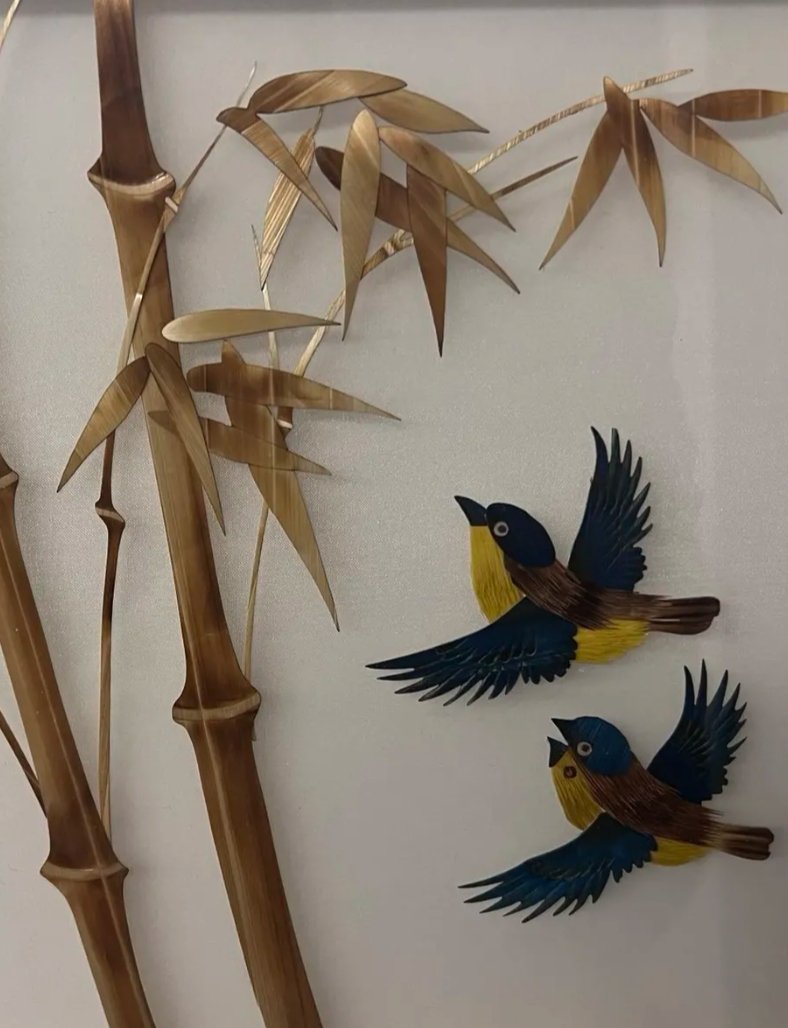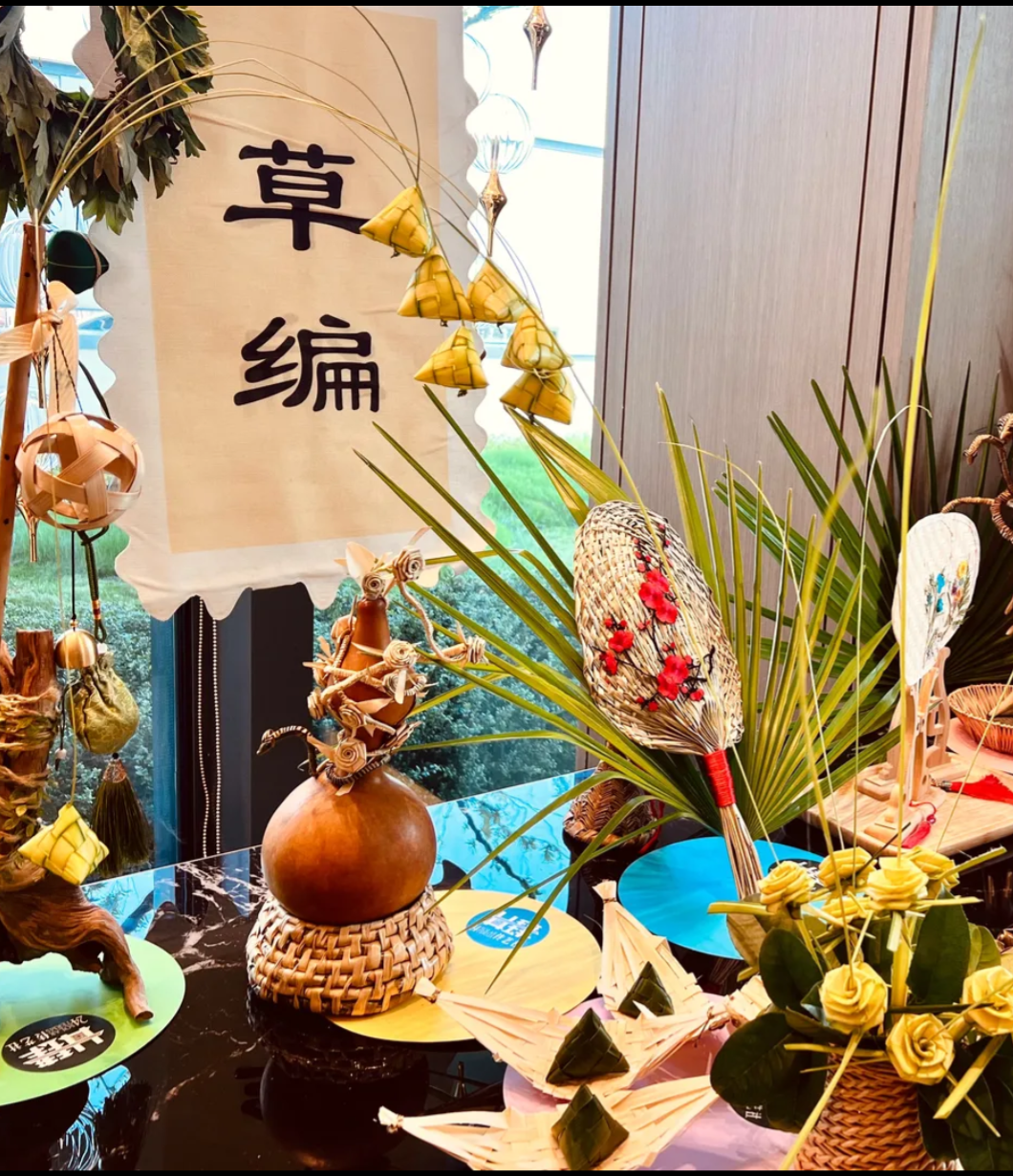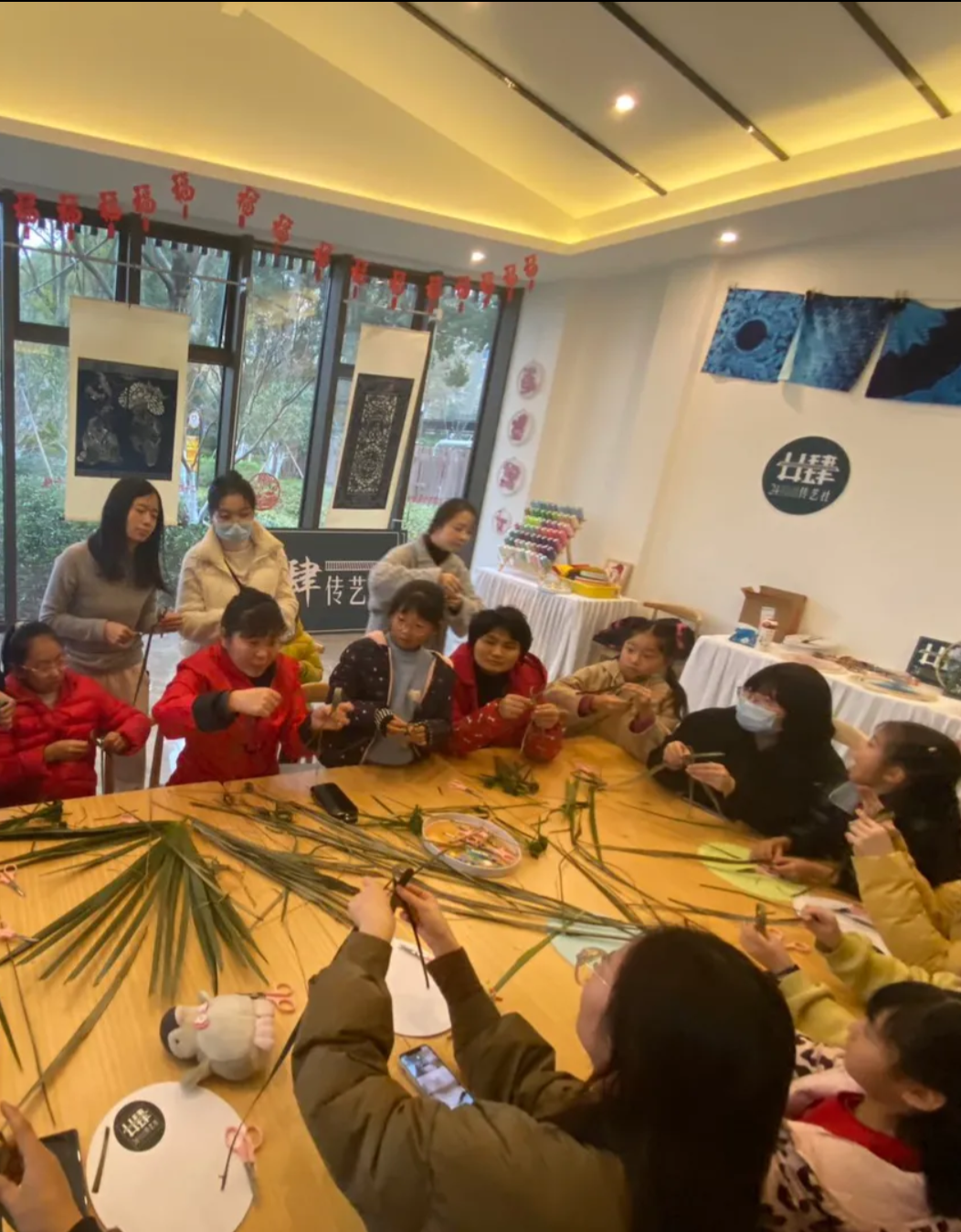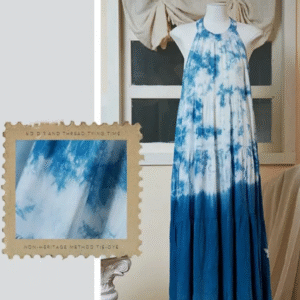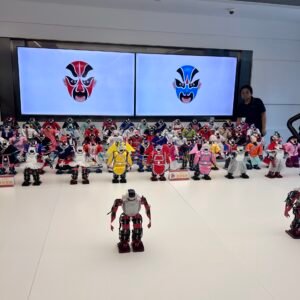Description
What You will Do
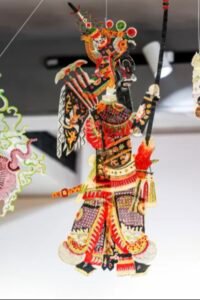
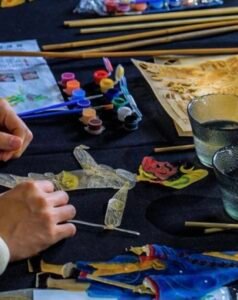
Shadow Puppetry
Course Experience:
1. Shadow Puppetry History Lecture
2. Live Shadow Puppet Show
3. Hands-on Paper Puppet Prop Making
4. Take Home Your Creations (Free)
★ Group Booking: 10 participants minimum. One voucher per person.
This group purchase is for in-store experiences (90-minute sessions).
Operating Hours: Monday-Sunday, 9:30-21:30
Shadow Puppetry , also known as “Shadow Play” or “Lantern Puppetry”, is a folk drama using leather or cardboard silhouettes to enact stories. Performers manipulate these figures behind a white screen while narrating tales in local dialects, accompanied by percussion and string instruments – radiating distinctive local charm. This widely popular art form diversified into regional styles through varied vocal traditions. As an ancient Chinese folk art called “Donkey-Hide Shadow Play” (驴皮影) by old Beijingers, historical records trace its origins to the Western Han Dynasty (206 BC – 9 AD), flourishing in the Tang Dynasty (618-907), and peaking during the Qing Dynasty (1644-1912). It spread to West Asia and Europe in the Yuan Dynasty (1271-1368), embodying millennia of cultural heritage. In 2011, Chinese Shadow Puppetry was inscribed on UNESCO’s Representative List of the Intangible Cultural Heritage of Humanity
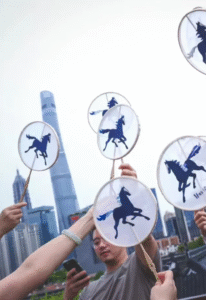
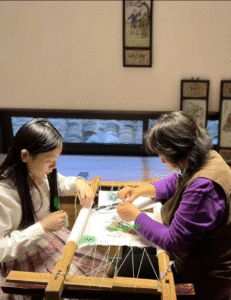
Su Embroidery
Activity Duration: 1.5 hours
Services Provided:1. Su Embroidery Explanation 2. Su Embroidery Stitch Demonstration 3. Su Embroidery Production 4. Hanfu Dressing Service 5. Photography Service
Takeaway: Self-made Su Embroidery Product
Introduction to Su Embroidery’s Origin, Varieties, Stitch Types, and Historical Development Stories
Appreciation of Su Embroidery Works with Production Process Explanation
Demonstration of Su Embroidery Production Process
Experience Creating Personal Flat-Stitch Su Embroidery Artwork
Su Embroidery originated in Suzhou, being one of the “Four Great Embroideries”. It is the collective term for embroidery products from the Suzhou region, representing the folk traditional art of Suzhou, Jiangsu Province with over 2,000 years of history. Legend attributes its invention to Zhong Yong’s granddaughter “Nü Hong” who crafted the first embroidered garment. It is designated as an Intangible Cultural Heritage.
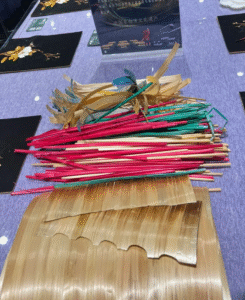
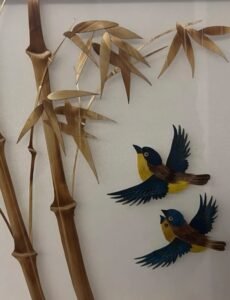
Wheat Straw Painting
Experience Content:1. Interpretation of the historical knowledge of wheat straw painting
2. Choose your favorite pattern for pasting/mounting
3. Professional teachers will personally instruct the pasting/mounting techniques
4. Take away the finished wheat straw painting craftwork
Wheat straw painting is one of China’s unique specialty crafts, originating from the Spring and Autumn and Warring States Periods with a millennium-long history. It belongs to the category of cut-and-paste art alongside paper cutting and cloth appliqué, and is a type of folk cut-and-paste painting from Anyang City, Henan Province, China. Though originating from folk traditions, it is exceptionally rare and represents a lost court craft of the Sui Dynasty. Wheat straw painting utilizes wheat straw as its material, undergoing over a dozen processes including steaming, boiling, soaking, splitting, scraping, pressing, pasting, cutting, ironing, assembling, and combination. Its themes primarily involve flowers, birds, insects, fish, landscapes, pavilions, human figures, fashion, and ancient-modern poetry. With broad themes and rich content, it is suitable for decorating living rooms, bedrooms, hotels, conference rooms, as well as for meeting gifts and various souvenirs. Known as the “Wonder of China” and “Chinese Handicraft Masterpiece,” it possesses extremely high collectible value. Neihuang wheat straw painting, wooden board New Year paintings, and Daluo opera are listed in the intangible cultural heritage inventory and are recorded in the “Henan Province Intangible Cultural Heritage List”
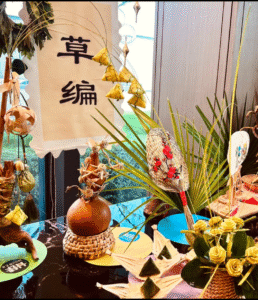
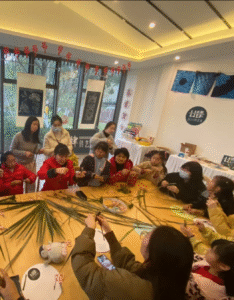
Straw Weaving
Experience Content:1. Interpretation of the historical knowledge of straw weaving
2. Choose your favorite style for weaving
3. Professional teachers will provide hands-on instruction in weaving techniques
4. Take away the finished straw weaving craftwork
Straw weaving is a traditional braiding craft using herbaceous plants as the primary raw material. As early as ancient times, braiding had already become one of humanity’s oldest techniques—an essential means for early Chinese ancestors to create practical items. The art of straw weaving has circulated among Chinese folk for thousands of years, continuously evolving and flourishing throughout this process. Folk artisans across regions adapted to local conditions and materials, fully utilizing the flexible stems, barks, cores, leaves, and roots of herbaceous plants. They created and refined rich braiding techniques including weaving, knotting, plaiting, looping, tying, twisting, coiling, netting, stringing, and coiling, establishing straw weaving as a vital source of daily utilitarian items for the general populace.






